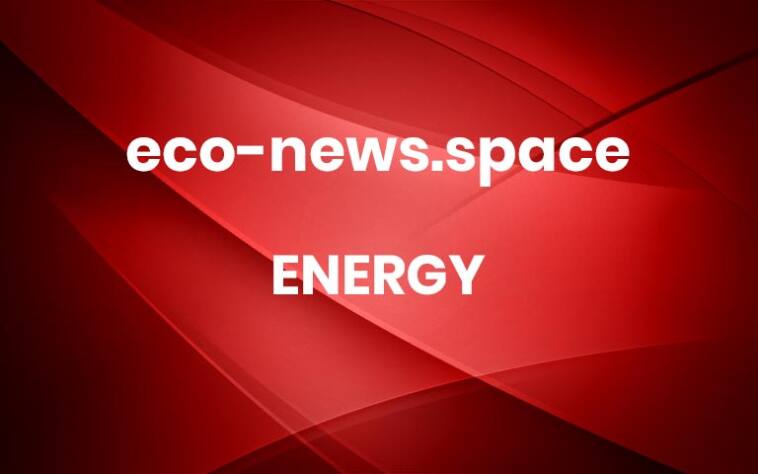Drug injection device wins MIT $100K Competition
The winner of this year’s MIT $100K Entrepreneurship Competition is helping advanced therapies reach more patients faster with a new kind of drug-injection device.CoFlo Medical says its low-cost device can deliver biologic drugs more than 10 times faster than existing methods, accelerating the treatment of a range of conditions including cancers, autoimmune diseases, and infectious diseases.“For patients battling these diseases, every hour matters,” said Simon Rufer SM ’22 in the winning pitch. “Biologic drugs are capable of treating some of the most challenging diseases, but their administration is unacceptably time-consuming, infringing on the freedom of the patient and effectively leaving them tethered to their hospital beds. The requirement of a hospital setting also makes biologics all but impossible in remote and low-access areas.”Today, biologic drugs are mainly delivered through intravenous fusions, requiring patients to sit in hospital beds for hours during each delivery. That’s because many biologic drugs are too viscous to be pushed through a needle. CoFlo’s device enables quick injections of biologic drugs no matter how viscous. It works by surrounding the viscous drug with a second, lower-viscosity fluid.“Imagine trying to force a liquid as viscous as honey through a needle: It’s simply not possible,” said Rufer, who is currently a PhD candidate in the Department of Mechanical Engineering. “Over the course of six years of research and development at MIT, we’ve overcome a myriad of fluidic instabilities that have otherwise made this technology impossible. We’ve also patented the fundamental inner workings of this device.”Rufer made the winning pitch to a packed Kresge Auditorium that included a panel of judges on May 12. In a video, he showed someone injecting biologic drugs using CoFlo’s device using one hand.Rufer says the second fluid in the device could be the buffer of the drug solution itself, which wouldn’t alter the drug formulation and could potentially expedite the device’s approval in clinical trials. The device can also easily be made using existing mass manufacturing processes, which will keep the cost low.In laboratory experiments, CoFlo’s team has demonstrated injections that are up to 200 times faster.“CoFlo is the only technology that is capable of administering viscous drugs while simultaneously optimizing the patient experience, minimizing the clinical burden, and reducing device cost,” Rufer said.Celebrating entrepreneurshipThe MIT $100K Competition started more than 30 years ago, when students, along with the late MIT Professor Ed Roberts, raised $10,000 to turn MIT’s “mens et manus” (“mind and hand”) motto into a startup challenge. Over time, with sponsor support, the event grew into the renown, highly anticipated startup competition it is today, highlighting some of the most promising new companies founded by MIT community members each year.The Monday night event was the culmination of months of work and preparation by participating teams. The $100K program began with student pitches in December and was followed by mentorship, funding, and other support for select teams over the course of ensuing months.This year more than 50 teams applied for the $100K’s final event. A network of external judges whittled that down to the eight finalists that made their pitches.Other winnersIn addition to the grand prize, finalists were also awarded a $50,000 second-place prize, a $5,000 third-place prize, and a $5,000 audience choice award, which was voted on during the judge’s deliberations.The second-place prize went to Haven, an artificial intelligence-powered financial planning platform that helps families manage lifelong disability care. Haven’s pitch was delivered by Tej Mehta, a student in the MIT Sloan School of Management who explained the problem by sharing his own family’s experience managing his sister’s intellectual disability.“As my family plans for the future, a number of questions are keeping us up at night,” Mehta told the audience. “How much money do we need to save? What public benefits is she eligible for? How do we structure our private assets so she doesn’t lose those public benefits? Finally, how do we manage the funds and compliance over time?”Haven works by using family information and goals to build a personalized roadmap that can predict care needs and costs over more than 50 years.“We recommend to families the exact next steps they need to take, what to apply for, and when,” Mehta explained.The third-place prize went to Aorta Scope, which combines AI and ultrasound to provide augmented reality guidance during vascular surgery. Today, surgeons must rely on a 2-D X-ray image as they feed a large stent into patients’ body during a common surgery known as endovascular repair.Aorta Scope has developed a platform for real-time, 3-D implant alignment. The solution combines intravascular ultrasound technology with fiber optic shape sensing. Tom Dillon built the system that combines data from those sources as part of his ongoing PhD in MIT’s Department of Mechanical Engineering.Finally, the audience choice award went to Flood Dynamics, which provides real-time flood risk modeling to help cities, insurers, and developers adapt and protect urban communities from flooding.Although most urban flood damages are driven by rain today, flood models don’t account for rainfall, making cities less prepared for flooding risks.“Flooding, and especially rain-driven flooding, is the costliest natural hazard around the world today,” said Katerina Boukin SM ’20, PhD ’25, who developed the company’s technology at MIT. “The price of staying rain-blind is really steep. This is an issue that is costing the U.S. alone more than $30 billion a year.” More




